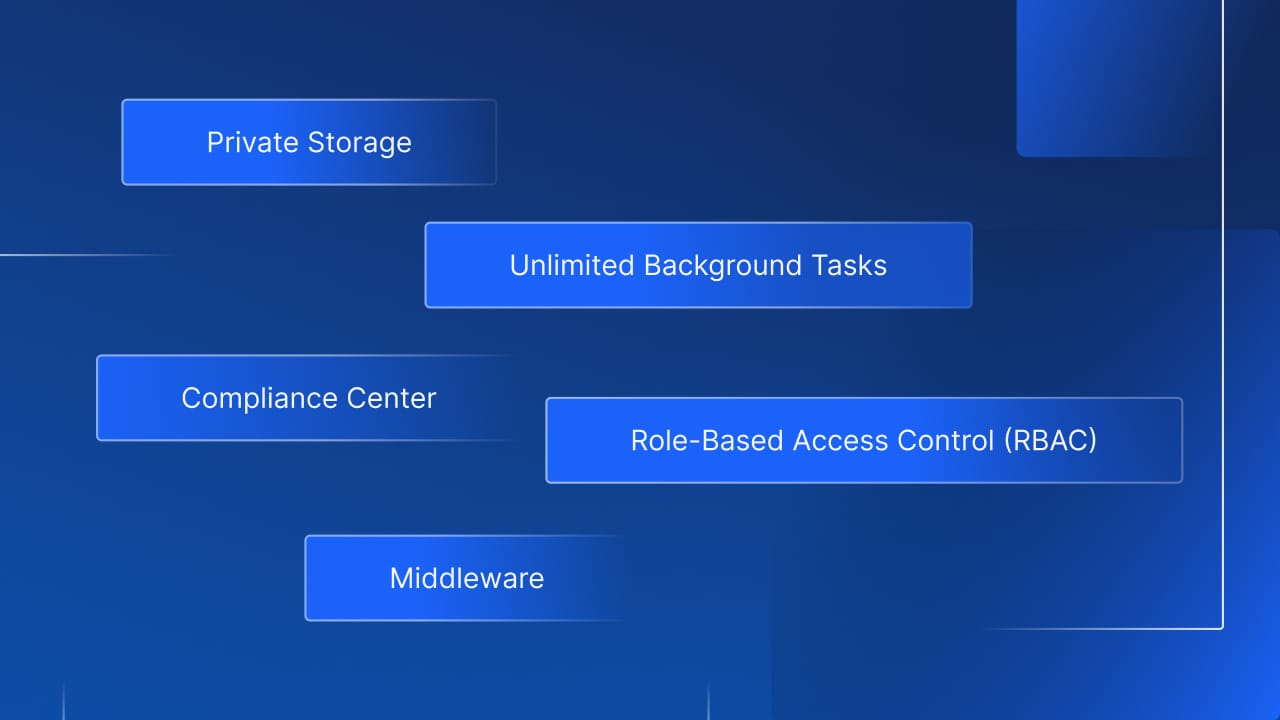What Is A Restful API Documentation Tool And Is It Right For Me?
By Xano | October 29, 2021

APIs (application programming interface) are software intermediaries that help facilitate information between different applications. They're basically the messengers running from one database to another, which saves software developers a lot of time dealing with otherwise complex coding. While there are many different types of APIs, REST API – sometimes called RESTful APIs – are one of the most popular varieties. You have probably heard the term rest API a lot in the tech sphere as of late.
You have also likely heard a lot about API documentation. This is a content deliverable that contains all the instructions regarding how to use and integrate APIs. Any company that uses APIs should provide documentation to help others connect with their software properly. Documentation, however, can be a long, arduous task, and there often isn't enough time to be as thorough during the process as one would like.
This is where API documentation tools can help. Below, we'll provide a brief overview of RESTful API documentation tools and why they're important.
What Is A REST API?
REST API – sometimes called RESTful API – simply refers to a specific architectural style. Rest stands for “representational state transfer” and the vast majority of web services communicate via REST APIs.
You don't necessarily need to know the nitty gritty details of how rest APIs work in order to use them (thanks in large part to API documentation). In a nutshell, REST APIs use HTTP requests to use and access data and are popular as they use less bandwidth and are compatible with popular programming languages such as Python and JavaScript.
Why Is API Documentation Important?
As we touched on a bit above, API documentation helps other customers learn how your APIs work. This cuts down on onboarding time for new customers and users. People can easily access the resources they need without an actual person walking them through the process.
This also means less time spent handling support calls or answering emails, freeing up your employees' time to focus on more pressing tasks. Having a FAQ section in your documentation often empowers users to simply troubleshoot common issues on their own or – better yet – not encounter issues at all as they'll have a thorough roadmap in place for hitting your API.
Documentation also helps non-technical users out a lot, allowing for more transparency and teamwork across an organization.
All of the above benefits ultimately help your company. Good documentation translates to more adoption and usage. This increases your software's overall popularity as you'll end up connecting with more and more businesses.
What Are REST API Documentation Tools?
REST API documentation tools are basically any tools that help you create, manage, and publish documentation for your APIs. Your team will have a working document they can maintain and update as needed to keep it user-friendly but won't get bogged down in manually documenting every technical detail of your API.
For REST APIs, many tools provide API documentation templates that automatically generate and structure easily understandable documentation. (Swagger Tools and OpenAPI are particularly popular documentation tools when building APIs from scratch.) You can adjust these templates as needed to ensure they will meet the needs of your target customer and provide all relevant information regarding your API in an intuitive fashion.
Some popular API documentation tools include:
- OpenAPI (Swagger): An open-source documentation template that uses JSON objects to describe your API
- RAML: Stands for RESTful API Modeling Language and works by using an RAML to HTML tool to output detailed API documentation
- API Blueprint: Another open-source documentation template that uses a design-first approach to create a very user-friendly final product
As with any other product, spend some time doing your research before settling on an API documentation tool. What's right for one company may not necessarily be right for yours, so always pick something suited to your unique needs.
No Code tools and platforms – which are becoming increasingly popular – frequently offer API documentation as a perk. Xano, for example, automatically documents all your API endpoints in Swagger.
Any company that uses APIs should consider adopting documentation tools. Quality documentation is very important to your company as it increases usage and adoption, leading to positive buzz via word-of-mouth. While you can document APIs manually, the majority of companies don't have the bandwidth to do so.
The Bottom Line
RESTful APIs remain among the most used APIs on the market today, and every API needs solid documentation. There are many high-quality documentation tools that can make the process run smoothly while saving your employees loads of time.
Looking for solutions for your company? Xano is the fastest No Code Backend development platform on the market. We give you a scalable server, a flexible database, and a No Code API builder that can transform, filter, and integrate with data from anywhere. Sign up here to get started.
The post What Is A Restful API Documentation Tool And Is It Right For Me? appeared first on Xano.









